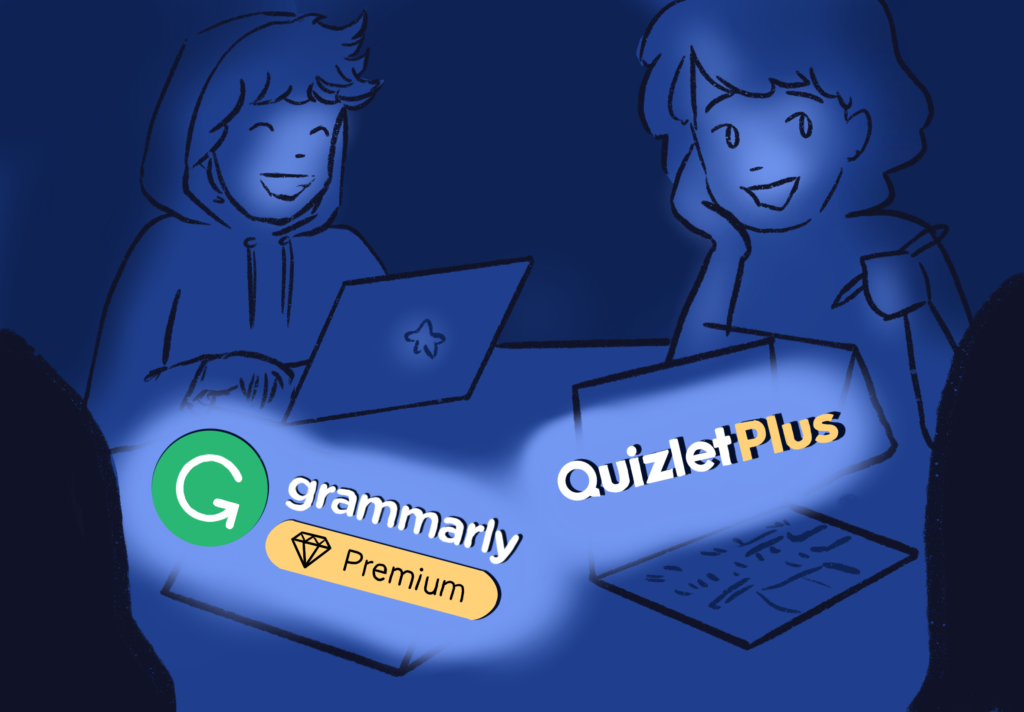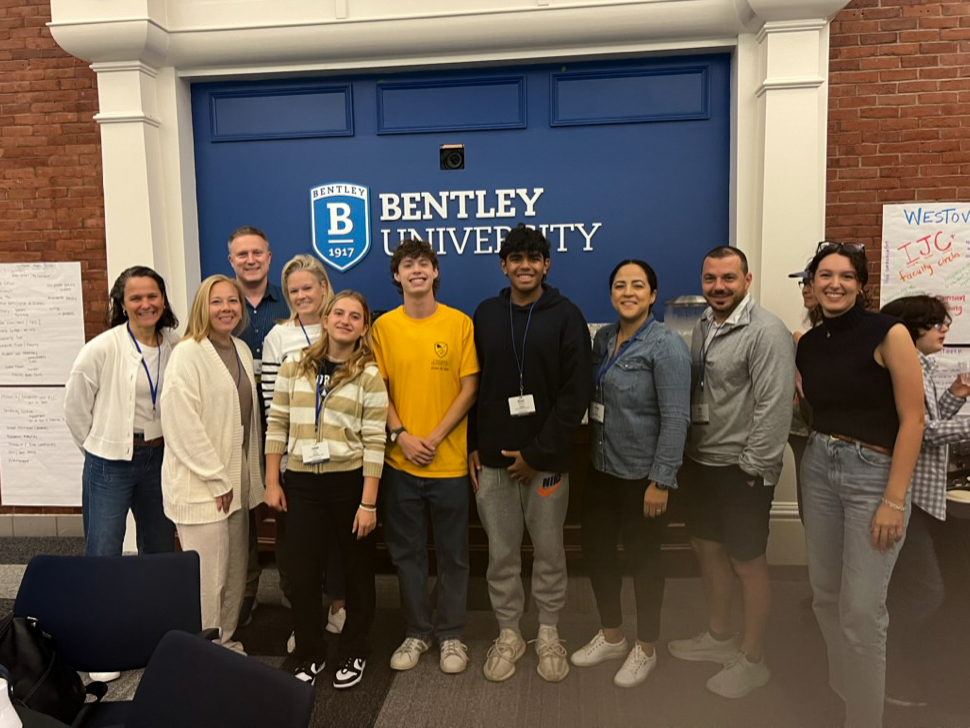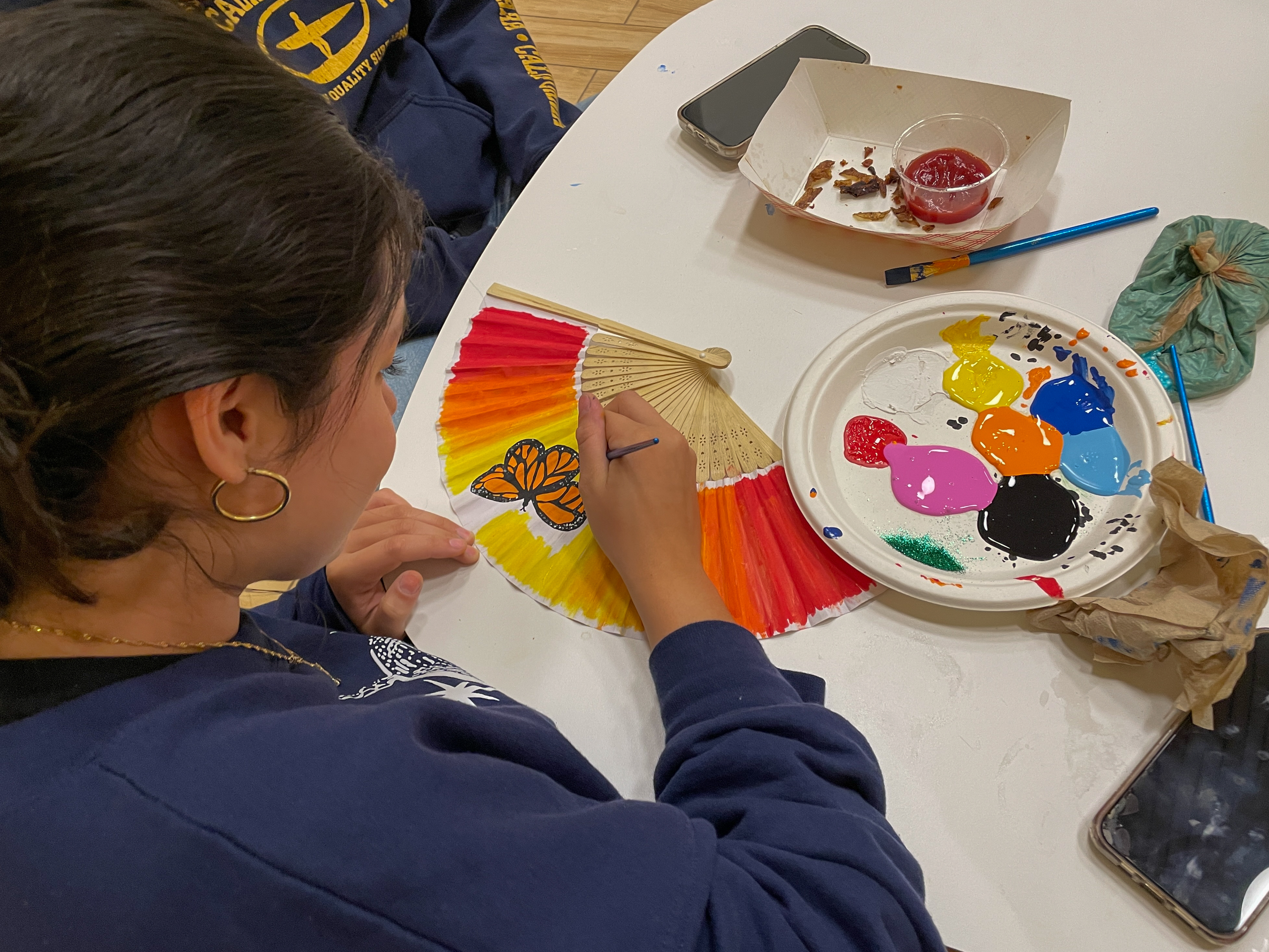
Conference attendees listened to a variety of presentations aimed at enabling women to succeed as heads of schools.
Over thirty women from anywhere from across the Mid-Atlantic, from New Jersey to Maryland, gathered in Ruutz-Rees on Friday, September 30 for the 2016 Fall Women’s Leadership Seminar, an annual event led by and for the use of women educators in independent schools. The goal of the three-day seminar was to provide both the practical skills and support systems needed to allow more aspiring women leaders to become heads of school.
According to a study done by the National Association of Independent Schools in 2009, only 26 percent of heads of school are women. And even among those heads, many tend to lead schools with younger students or all girls. To counter this trend, the Heads Network brings together teachers, administrators, and other independent school members from across the U.S. and Canada to participate in programs such as the recent seminar. The Network’s mission is to promote “the education of girls and advancing women’s leadership.”
The location of the seminars rotates from year to year, and for the 2016 event, Headmaster Dr. Alex Curtis, who has been on the board of the Heads Network since February oof 2015, volunteered Choate as the host.
Four members of the Choate faculty were in attendance: Ms. Sara Boisvert, the Director of Global Programs; Dr. Katherine Jewett, the Director of Curricular Initiatives; Ms. Eera Sharma, the Director of Summer Programs; and Ms. Kathleen Wallace, the Associate Headmaster.
The attendees spent the bulk of their time in a series of seven “sessions,” each led by a different female head of school. The session topics included how to read and balance budgets, what a Board of Trustees looks for in a head, and the expectations held for female heads.
Dr. Tekakwitha Pernambuco-Wise, Head of School at the Sea Crest School in California and leader of a session titled “Women’s Ways of Leading: Navigating the Labyrinth of Headship,” emphasized the importance of this format. “Learning from the experiences of female heads of school, especially the ones who were trailblazers, inspires other women to overcome the various obstacles that are in our paths to both attain headship and to thrive in the position,” she said.
The sessions allowed for varying degrees of interactivity. In one of the sessions, for example, Dr. Jewett participated in a “simulation fundraising conversation.” She role-played as a head of school approaching potential donors, under scenarios set by the session leader. Dr. Jewett reflected, “It was not easy, but it was kind of fun and interesting just to imagine all of the different possibilities and challenges of approaching people.”
The session leaders served as mentors to a variety of attendees. On Saturday afternoon, the mentors held individual meetings to discuss each mentee’s goals and how to get there.
Later that evening, all of the heads held a “Public and Private Personae” panel for the group as a whole. Ms. Boisvert noticed how their paths to headship varied in terms of “how long it took them, what they were doing before, and how much they switched schools.”
“Most of them had worked in independent schools. Some had been a division head; some had been a director of admissions,” Ms. Boisvert said. However, she noted, “All of them were in their second or third headship.”
In addition to providing information, advice, and resources that educators need to advance their careers toward higher leadership positions, the conference showed the importance our community places on ensuring equal representation. Ms. Wallace concluded, “We should have role models in our teaching faculty and administrative faculty for all of our students. It makes sense that we try to have the same representation in the faculty that we do in the student body.”




